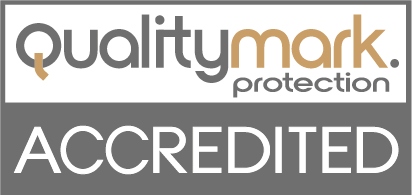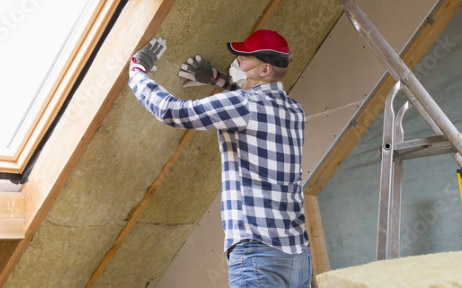
Check your eligibility for Government Grants
We are committed to reducing household carbon emissions in the UK. We provide:

We have been serving our customers for over a decade now and we take our work very seriously. We take pride in what we do for our customers, for the environment and for our country. We guarantee the kind of work we do to our best knowledge.

01
Home Energy
Assessment
A domestic energy assessment can take anywhere up to a few hours, depending on various factors, and will involve the collection of property information (such as property size, type of heating systems, insulation etc), alongside photographic evidence and a floor plan.
This will be then used within specialist software which will provide a energy efficiency rating for your property and produce an Energy Performance Certificate.
02
Government backed ECO4 Scheme
The UK government has introduced the ECO4 scheme so homeowners, private tenants and landlords can apply for a government grant to improve the energy efficiency of their home.

Best Insulation Services in the Birmingham Area.
Call us 24/7
01.
Loft Insulation
Insulation in an area directly under the roof, installed between joists (i.e., floor area of the loft) and the recommended thickness to be achieved is 270mm through the new ECO4 guidance.
25% of the heat produced will escape through the roof of your home, so the insulation installed in the loft it will help retain heat in your home for longer and help you save energy.
02.
Cavity Wall Insulation
About 35% of all heat loss from UK homes takes place through external walls. Most homes built after 1960 have twin exterior walls with a narrow cavity between them. Cavity Wall insulation is achieved through insulating the narrow cavity between the twin exterior walls and then being sealed with cement. The insulation increases the energy efficiency of your home and can be one of the most effective methods of retaining heat within your home.
03.
External Wall Insulation
External wall insulation is known as solid brick insulation, most commonly this used on houses built in the early 20th century. External wall insulation is the installation thermally insulating material, that are mechanically fixed to the exterior walls of a building and finished with protective weather resistant render. It will directly reduce the escape of heat through the walls leading to a significant reduction in energy bills whilst also improving the external appearance of your home.
04.
Internal Wall Insulation
An alternative to external wall insulation, is internal wall insulation. Internal wall insulation consists of thermally engineered composite studs and insulation slabs and this will also directly retain heat within your home and lead to a significant reduction in energy bills whilst also increase a value of a property.
05.
Underfloor insulation
Insulating suspended floors has emerged as a modern solution that addresses recurring problems for homeowners of older properties: namely, preventing draughts, helping to keep a home warmer and prevent energy loss, and sustaining the integrity of timber suspended floors.
06.
Room in Roof Insulation
A dorma conversion is classified as a room on the roof if the height of the common wall is less than 1.8m. Insulation for a room in the roof includes stud walls, common walls, party walls, gable walls, sloping ceilings, flat ceilings, dormer windows, and residual areas. It is a straight forward way to reduce heat loss and your heating bills, along with your home’s carbon emissions.








